This year marks 51 years since the Stonewall Riots, which took place at the end of June 1969. The riots were a series of spontaneous demonstrations by the LGBTQ community in response to police raids on the Stonewall Inn, a gay bar in Greenwich Village, New York.
At the heart of the Stonewall protests was the ideal that LGBTQ people should be able to express themselves without fear of arrest.
Major participants of the riots were Marsha P Johnson, a black trans woman, Stormé DeLarverie, a butch lesbian, Miss Major Griffin-Gracy, a black trans woman, Sylvia Rivera, who identified as a latinx drag queen, Craig Rodwell, a gay man and Thomas Lanigan-Schmidt, also a gay man. It is important to remember, especially this year, the role that BIPOC played in fighting for queer rights.
Over the following decades, commemorative marches were held throughout the world, starting in the USA and soon spreading globally. Eventually, these came to be known as ‘Pride Marches’ and eventually ‘Pride Parades’. Although initially, these were protest movements, spurred on by inert governmental responses to the AIDS pandemic and systemic homophobia and transphobia, they also became celebrations of LGBTQ culture.
Before the 1970s, the symbol of LGBTQ liberation had been the pink triangle, which had been used by the Nazis to designate homosexual and queer people during the Holocaust. However, from the 1970s onwards, the Rainbow Flag became the more prominent symbol of resistance.
The rainbow flag had previously carried the connotation of peace, and soon became a symbol for the LGBTQ community. The traditional flag had six colours: red (life), orange (healing), yellow (sunlight), green (nature), blue (harmony), and violet (spirit). The flag is usually flown with the red stripe at the top. In recent years, two new flags are gaining popularity, one with black (diversity) and brown (inclusivity) stripes at the top, and one with black and brown stripes inserted and a triangle on the left side with the transgender flag colours.
Flags became a large part of LGBTQ culture. Many flags exist for a variety of genders and sexualities, all of which contain their own independent meanings.
This book will contain interviews with LGBTQ Tapas creators. We want to not only share experiences of LGBTQ creators, but also look into their relationship with their work, their industry, and offer some educational content surrounding the LGBTQ community.
Happy Pride!
KR and Lord Vincent

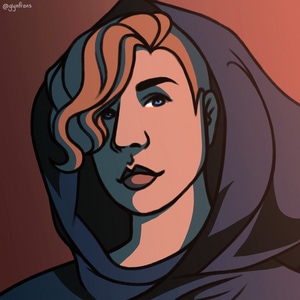
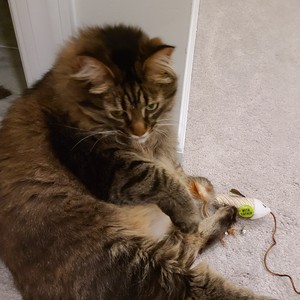
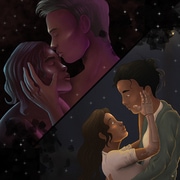
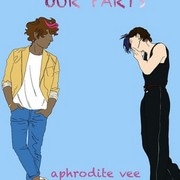
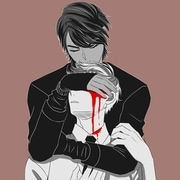
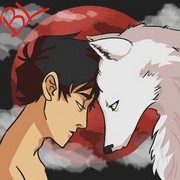
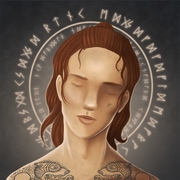

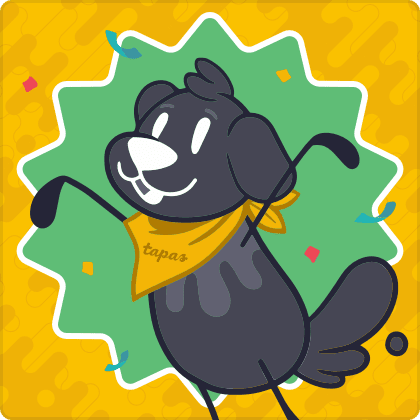
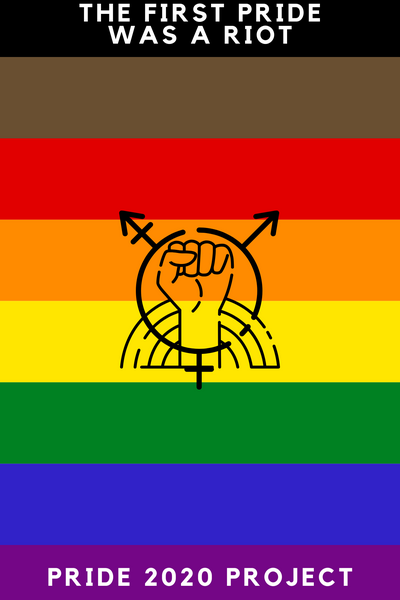
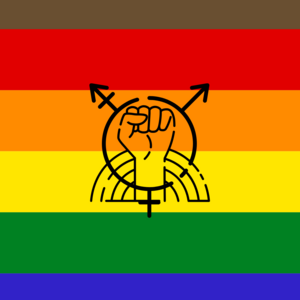
Comments (19)
See all